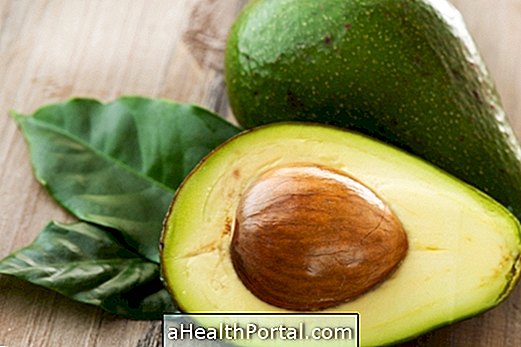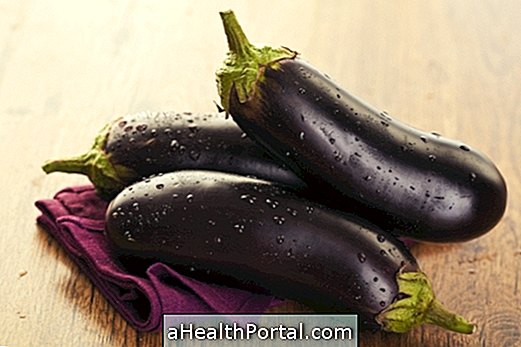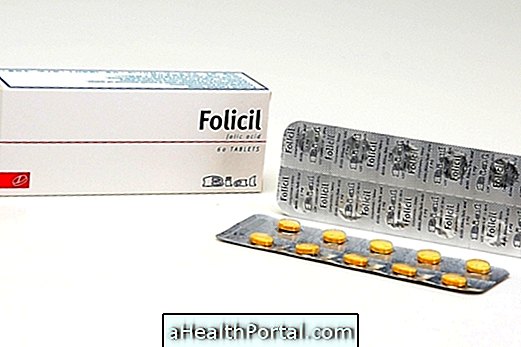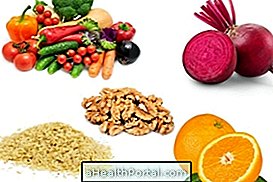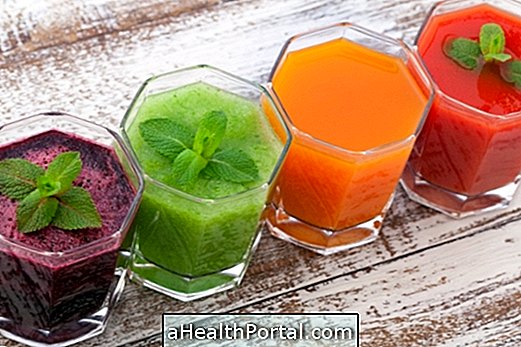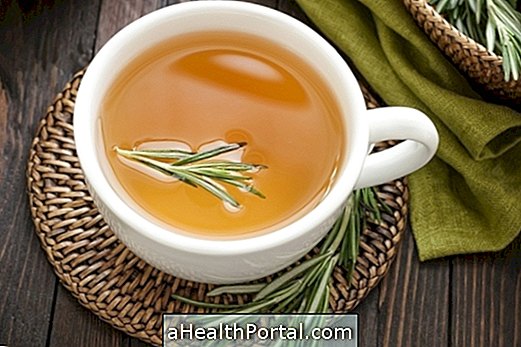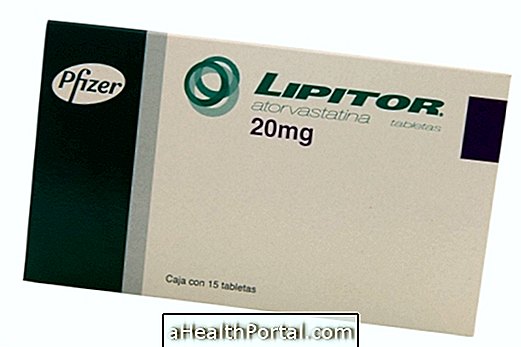Curd can be made at home using a yogurt-like fermentation process that will change the consistency of the milk and leave it with a more acidic taste due to the reduced lactose content, which is the natural milk sugar.
Curd brings health benefits such as boosting muscle mass, being rich in protein, and improving the intestinal flora, by having bacteria that are important for bowel health.
To prepare the curd at home, you should do the following steps:
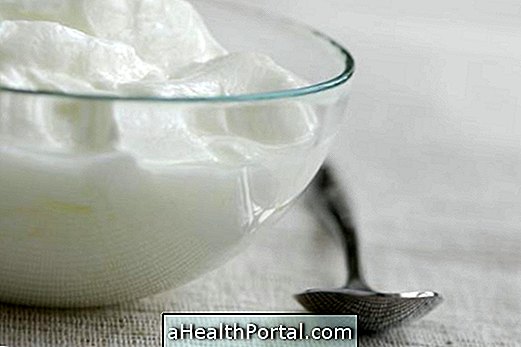
Ingredients:
- 1 liter of milk
- 1 jar of natural yogurt
Method of preparation:
Boil the milk and wait until it is no longer steam or until it is possible to put a finger in the milk and count to 10. Transfer the milk to a covered container, add the natural yogurt, stir well with a spoon and cover. Then wrap the container with newspaper or dish cloths to keep the temperature warm and store in the oven off overnight, letting the mixture rest for about 8 hours. After this time, the curd will be ready and should be stored in the refrigerator.
To make the consistency more creamy, add 2 tablespoons of powdered milk in the yogurt and mix well, before adding the mixture to the warm milk.
Benefits of Curd
Regular consumption of curd brings the following health benefits:
- Improve intestinal health by containing good bacteria and improving intestinal flora;
- Help gain muscle by being rich in protein;
- Help prevent and fight gastritis caused by H. pylori, as the bacteria in the curd helps to destroy H. pylori in the stomach;
- Strengthen bones and teeth, being rich in calcium and phosphorus;
- Prevent constipation and diarrhea by balancing the intestinal flora;
- Restore intestinal flora after periods of intestinal infection or when antibiotics have been used;
- Help you lose weight by having low calories and low glycemic index.
It is important to note that people with lactose intolerance are usually able to eat curds without experiencing the symptoms of intolerance, such as abdominal pain and diarrhea, since most milk lactose is consumed by the beneficial bacteria that ferment the milk during the curd . See also the cheese benefits.
Nutritional information of curd
The following table shows the nutritional information for 100 g of curd.
| Quantity: 100 g of curd | |
| Energy: | 61 kcal |
| Carbohydrate: | 4.66 g |
| Protein: | 3.47 g |
| Fats: | 3.25 g |
| Fibers: | 0 g |
| Calcium: | 121 mg |
| Magnesium: | 12 mg |
| Potassium: | 155 mg |
| Sodium: | 46 mg |
It is important to remember that these values are for pure fresh curd, without added sugar or other ingredients. To flavor the curds, good choices are to sweeten it with honey, natural sweeteners like Stevia and beat the curd with fruit in the blender. See 10 natural ways to replace sugar.
Curd Dessert Recipe
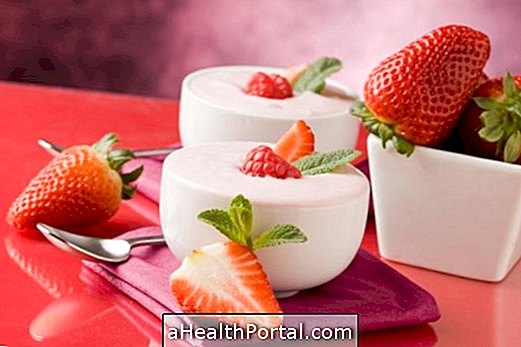
Ingredients:
- 500 g of curd
- 300 g of sour cream
- 30 g of strawberry jelly or the desired flavor
- 2 tablespoons of sugar
- Strawberries or other fruits to taste
Method of preparation:
Mix the curd with the cream until smooth and then add the sugar. Pour one cup of water into the gelatin and let stand for 10 minutes. Bring the gelatin to the low heat without boiling, mixing well until the gelatin dissolves completely. Slowly pour the gelatin into the curd paste and mix well. The mass should be liquid. Add the desired strawberries or fruit in the bottom of a way, dump the dough and refrigerate for 2 hours.

